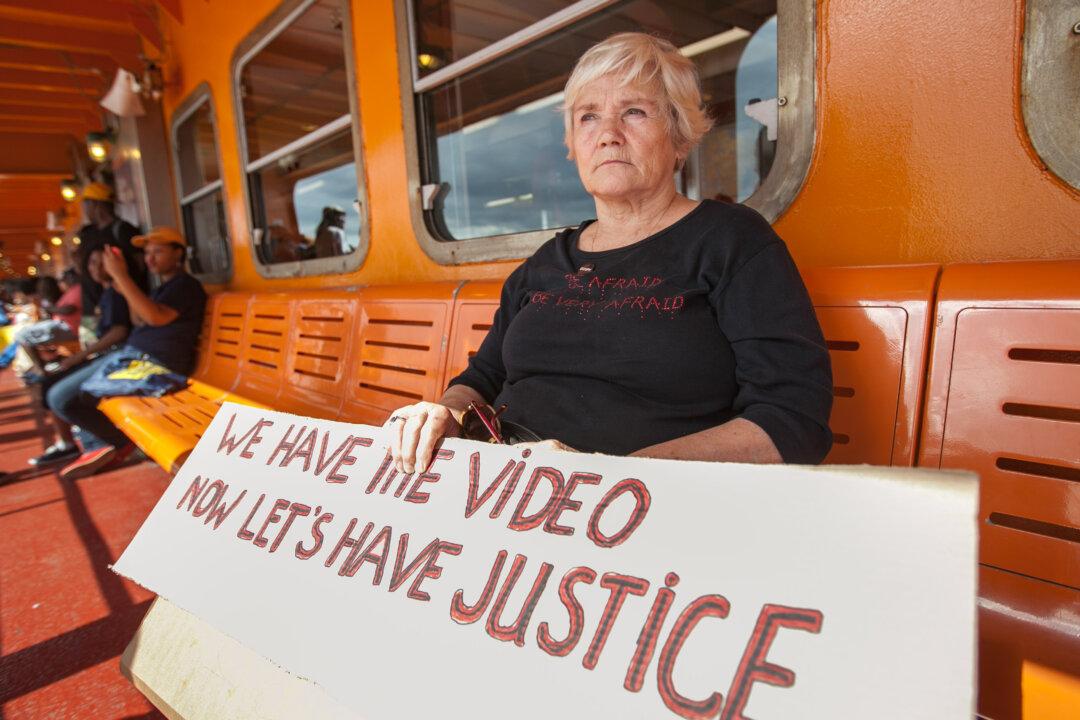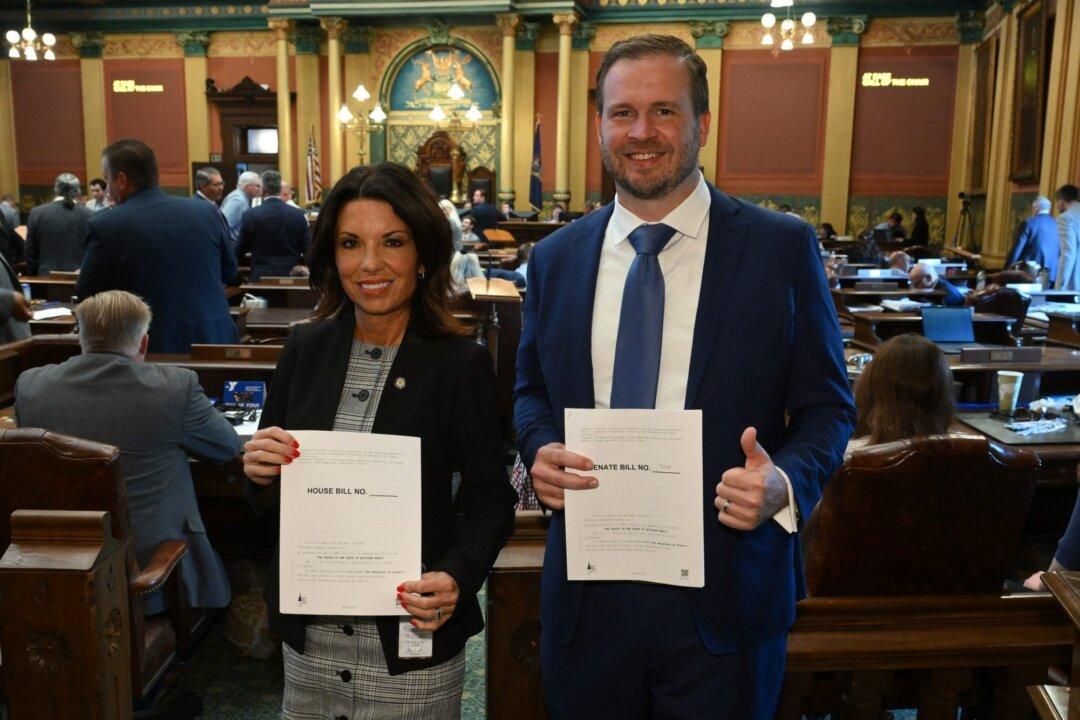Congolese immigrant Patrick Lyoya, 26, was shot and killed on April 4 during a confrontation with a white policeman following an 8 a.m. traffic stop in Grand Rapids, Michigan.
The incident was captured on video by at least four cameras—the dashboard camera of the squad car, the officer’s bodycam, the cellphone of a passenger in the car, and the surveillance camera of a nearby home.





